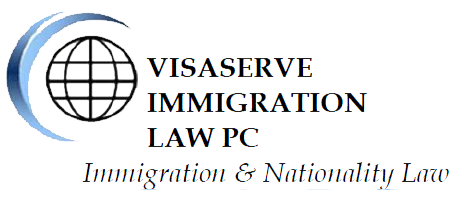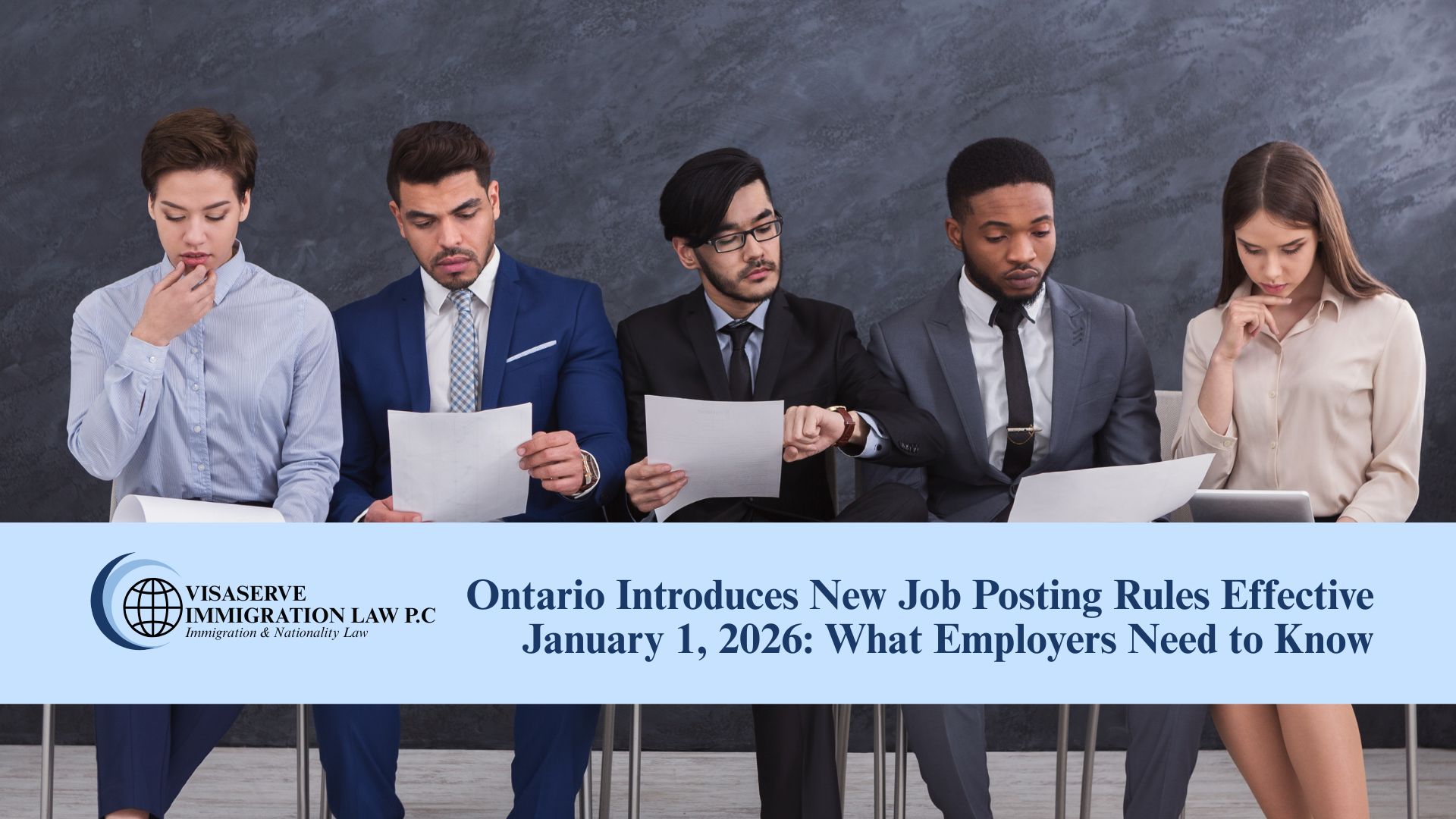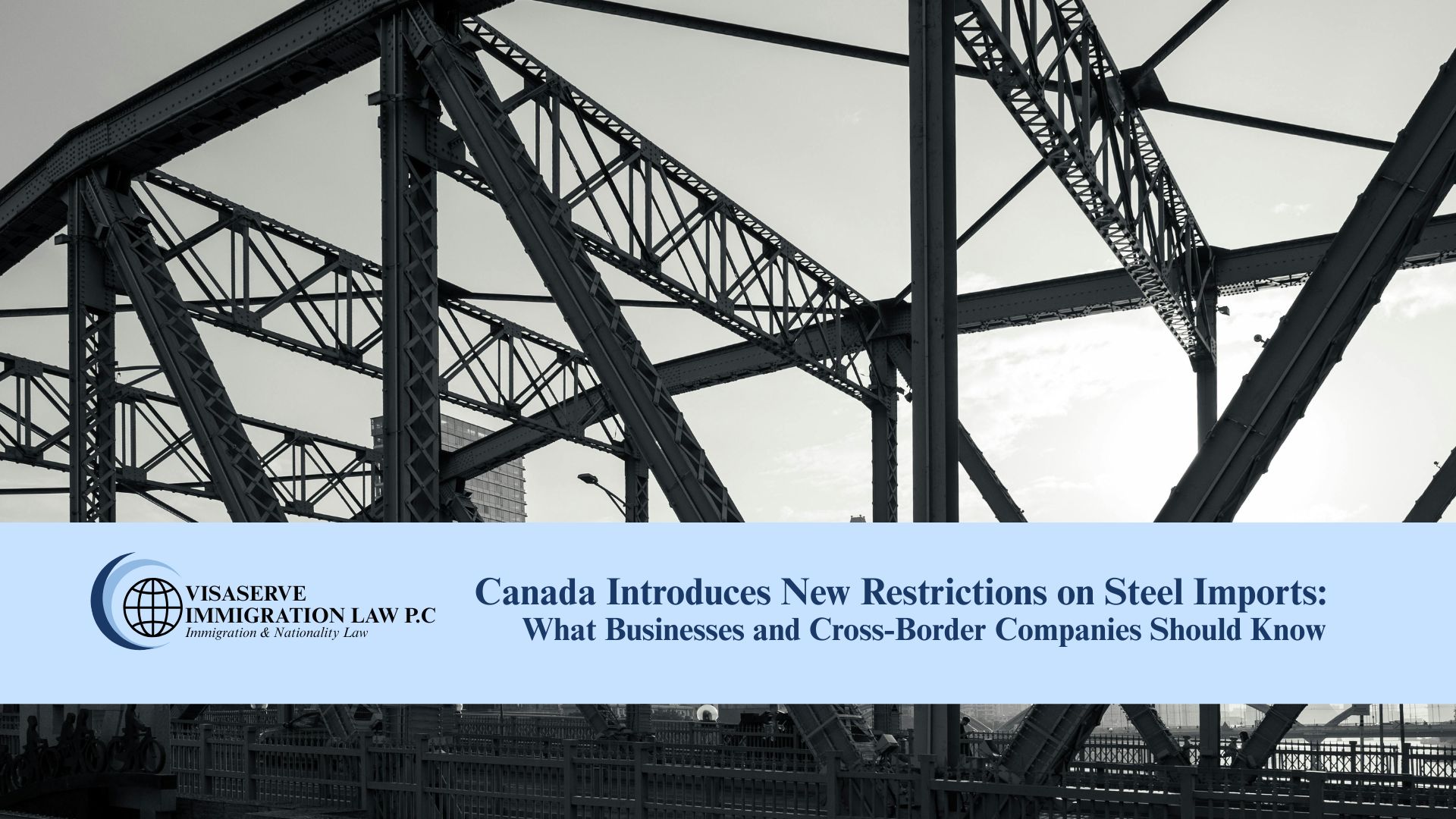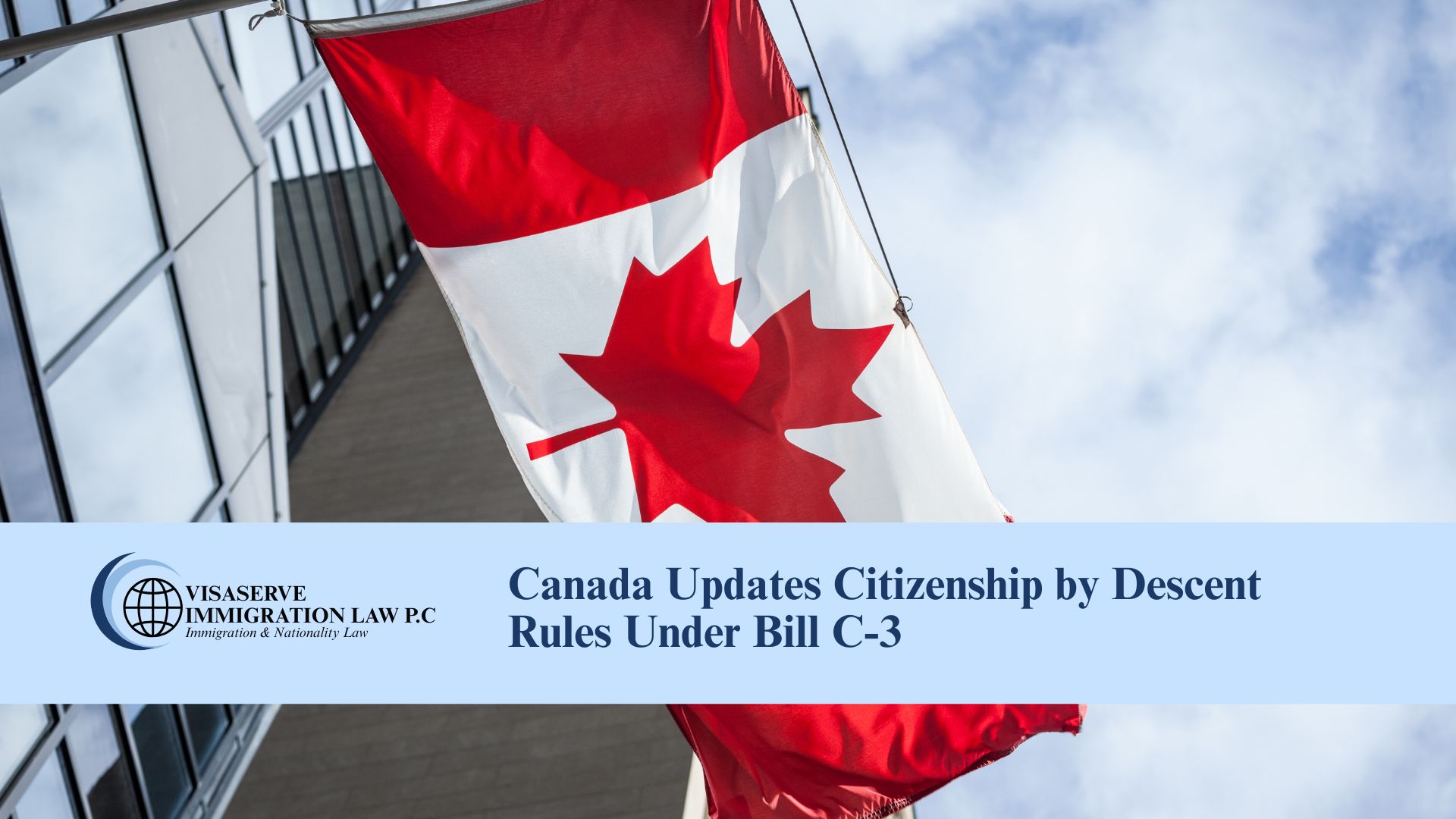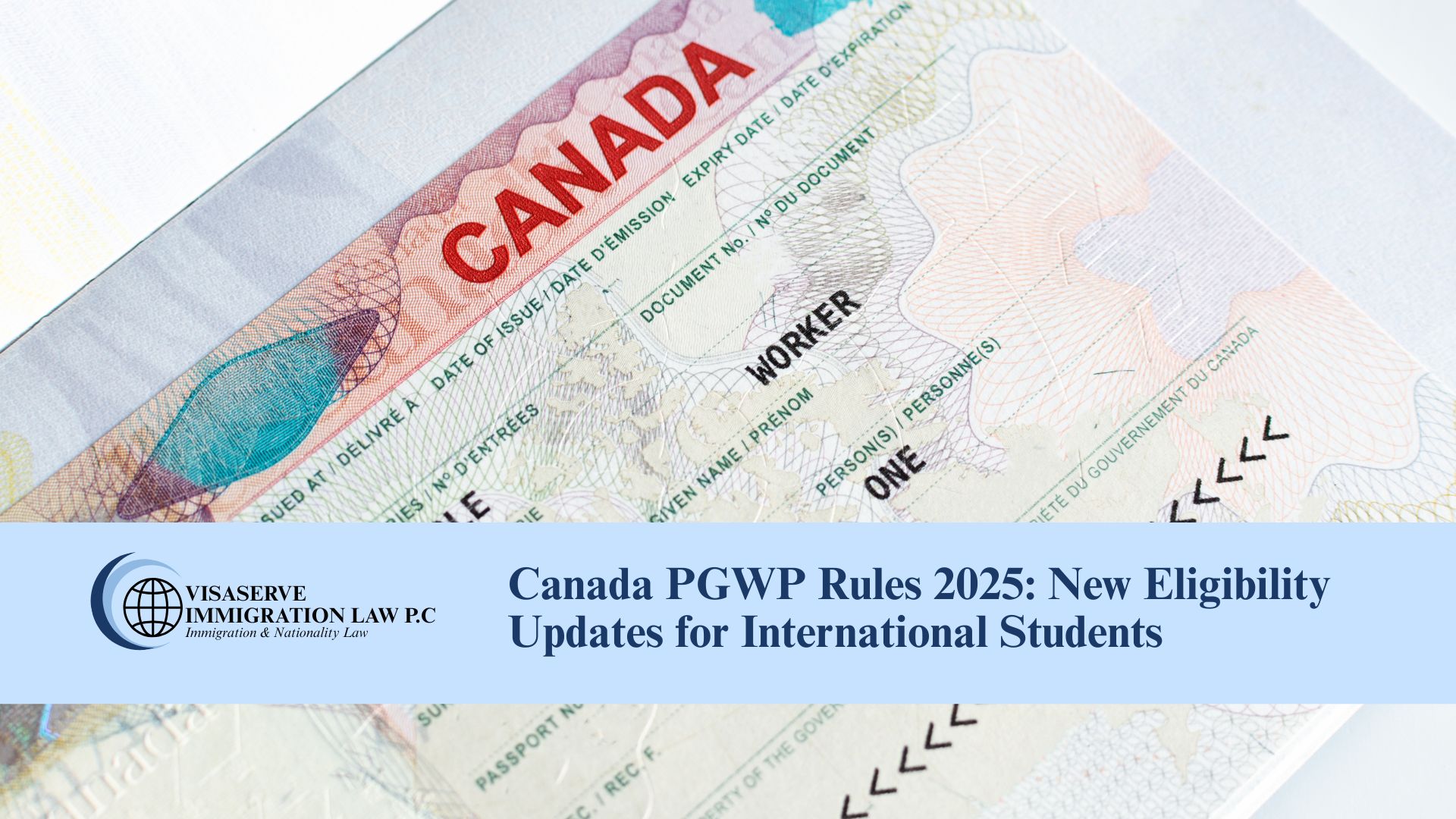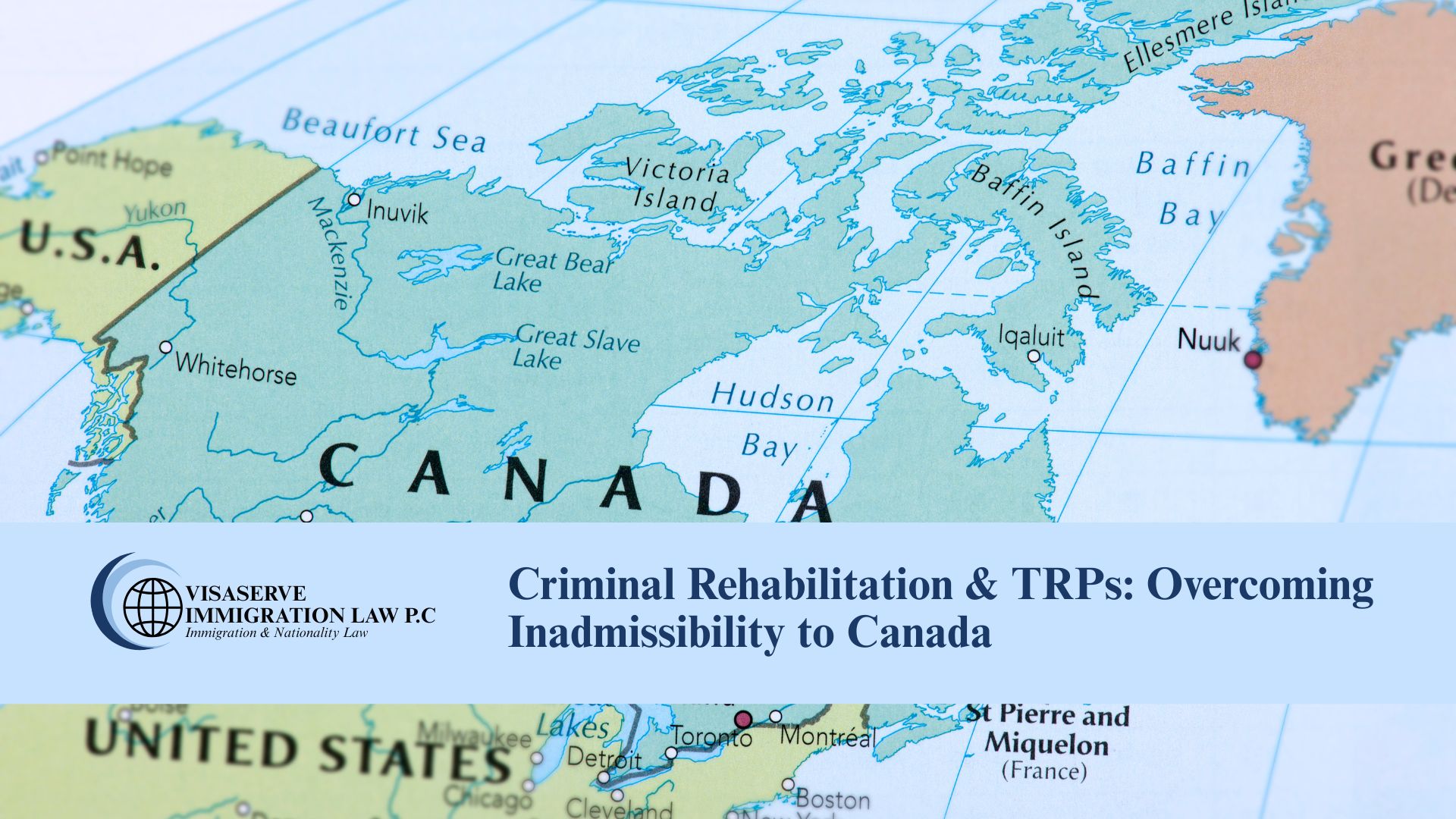The Canadian Law Group lawyers of NPZ attended an informative Webinar hosted by the representatives of CIC who manage the incoming Express Entry system. We wish to share what we have learned with our subscribers.
For those who don’t yet know, as of January 1, 2015, applicants in the Foreign Skilled Worker, Skilled Trades, and Canadian Experience Class will have to apply for permanent residence to Canada through the online Express Entry system (“EE”). As we see it, the main trust of the new Express Entry system is that the Canadian Government is essentially taking over the control of selecting who can become a permanent resident of Canada.
The changes are taken from the New Zealand and Australian systems. CIC says that the changes are intended to help employers find suitable foreign candidates, and to allow for faster processing time. The CIC is making a commitment to a 6 month processing, from the time of receipt of a complete application to the day the permanent residence is granted. This is a well-received announcement, let’s see if it will actually happen!
Here’s how it will work. Applicants will have to set up a profile online with CIC. There will be a comprehensive ranking system whereby everyone will get a score based on points. The questionnaire will be completed online and a computer (no human intervention by CIC at this initial point) will sort the answers provided and direct the applicant into one of the streams. Applicants will know right away if they made it into the pool or not and they will be given a comprehensive score. If they make it into the pool, they will then compete with people in the same category and CIC will draw from that pool. They will also be told under which program they are classified. And they may be in more than one pool.
Confused yet? Let’s keep going.
People will have to continue to meet the requirements of each program to be able to enter the pool. For instance, a FSW applicant will still need to meet the 67 point threshold. Assuming this is the case, then the EE will then consider the other points system that now applies.
The program has a strong human rights capital allocation in its new points assessment. Up to 500 points can be attributed to a candidate if they have strong language skills, education, and work experience. Spouses will also be considered on such features. Please note that foreign work experience will no longer count! Basically, CIC will consider Canadian work experience only when attributing points.
Here’s an important point: Foreign nationals with validated job offers and/or a provincial nomination will be essentially guaranteed an invitation to apply for permanent residence. This will also give applicants an automatic allotment of 600 points.
But note of caution: Any job offer will have to be supported by an approved Labour Market Impact Assessment (LMIA).
What about the draws that CIC will do? There will be two types of draws – the top 1000 candidates from the pool will be called a “generic draw”, or a program specific draw where they pick the first 1000 of the CEC, for instance. The latter will be this “catch-up” draw.
What about the questions on the forms? Applications will be 95% same as today, plus a few additional questions relating to the points assessment. The process will have two stages now. The Profile information will be migrated into the application portion (stage 2), at which point they will be asked for family details, etc.
Here is some other helpful information:
• People will family in Canada will not be directly counted in CRS expect if it is a spouse, but those points continue to apply for the FSW grid.
• Admissibility checks, medical checks, etc. will continue.
• A job offer is not a requirement to get an ITA. But applicants will have to register with the Job Bank in Canada as part of the process.
• There will be catch up draws allowing CIC to go back into the pool and select additional applicants if the program runs low on approvals.
• The existing provincial nominee program will remain unchanged.
• Experience only in NOC O, A and B will be able to enter the pool (not C and D). All occupations lists will disappear, as they want to maximize the number of people who can apply.
• If people are destined to Quebec, they cannot use the EE. They must use Quebec program. But companies based in Quebec can use the EE for employees based elsewhere in Canada.
• A person in Canada on a valid port-graduate work permit who wants to apply for the CEC may qualify on their own without an approved job offer, or may want to secure a LMIA to gain the additional 600 human capital points and a guarantee to apply.
• ITCs in Canada on an exempt work permit does not need an LMIA, but if he or she wants a 600 point additional, then they will need to get an LMIA to support their job offer.
• Scanned documents will be asked for initially, but an officer assessing the file will have the right to ask for originals at any time.
• Medicals will be asked for before submitting applications. Have them done at least, even if the panel physician has not completed it. Will have to prove they have done all that they can.
• Bridging work permits will still be available. Once approved in principle, estimated at about 1 month after application, then it should be available (not at ITA stage).
How can employers locate skilled foreign workers?
1) Recruitment efforts (job board, job fair, recruiter or direct approach). Advertizement of minimum 30 days will still be required. Once the LMIA is approved, the job offer can now be validated in Express Entry. The foreign worker should register or update his or her profile with EE, and the candidate will be invited to apply. This validated job offer will provide additional points to the candidate.
2) Employers will not have to re-advertize, they will have their initial LMIA respected when their employee applies for PR. Employers can get a dual intent LMIA which costs $1,000
3) Employer Liaison Network: Officers located throughout Canada will help provide information on the EE system, and act as a point of contact for employers. They will gather feedback (can you say “they will be the complaints center…?”), conduct webinars, workshops, etc. No case specific information.
Some concluding thoughts:
If you are looking at your PR case right now and wondering, as many of our clients are doing, if you should file now or wait until January 1st, we have one thing to say: Faster your seatbelt. The two weeks remaining to this year will see an inordinate amount of applications filed with CIC, simply because people don’t know what to expect next year. The EE announces itself as basically being a “lottery,” whereby only the “top of the top” will be selected to apply for PR. But who are those elites? Those with approved job offers, and Canadian work experience, it seems.
So for the rest of the world’s talented work force, if Canada is on the horizon, we believe a careful and thorough approach to the setting up of the profile will be necessary.
EE proponents admit that they do not expect more than 1,200 applicants in the first year coming in with approved job offers. This compares to 100,000 applicants who will use the new EE system and who are not expected to have a supporting job offer. So on the positive side, there may not be so much competition in the EE system next year. Many with language issues may find the online system daunting, and many will also fail to understand the rules and hold off on filing in 2015.
Lawyers will have their own account with CIC to assist clients in creating their EE profile and assist the foreign national in applying if invited to apply. The Canadian Law Group will continue to monitor developments in the EE area. We are here to help anyone interested in setting up their profile online in 2015 in a way that will maximize their chances of getting an invitation to apply for PR to Canada.
Happy Holidays to all!!
